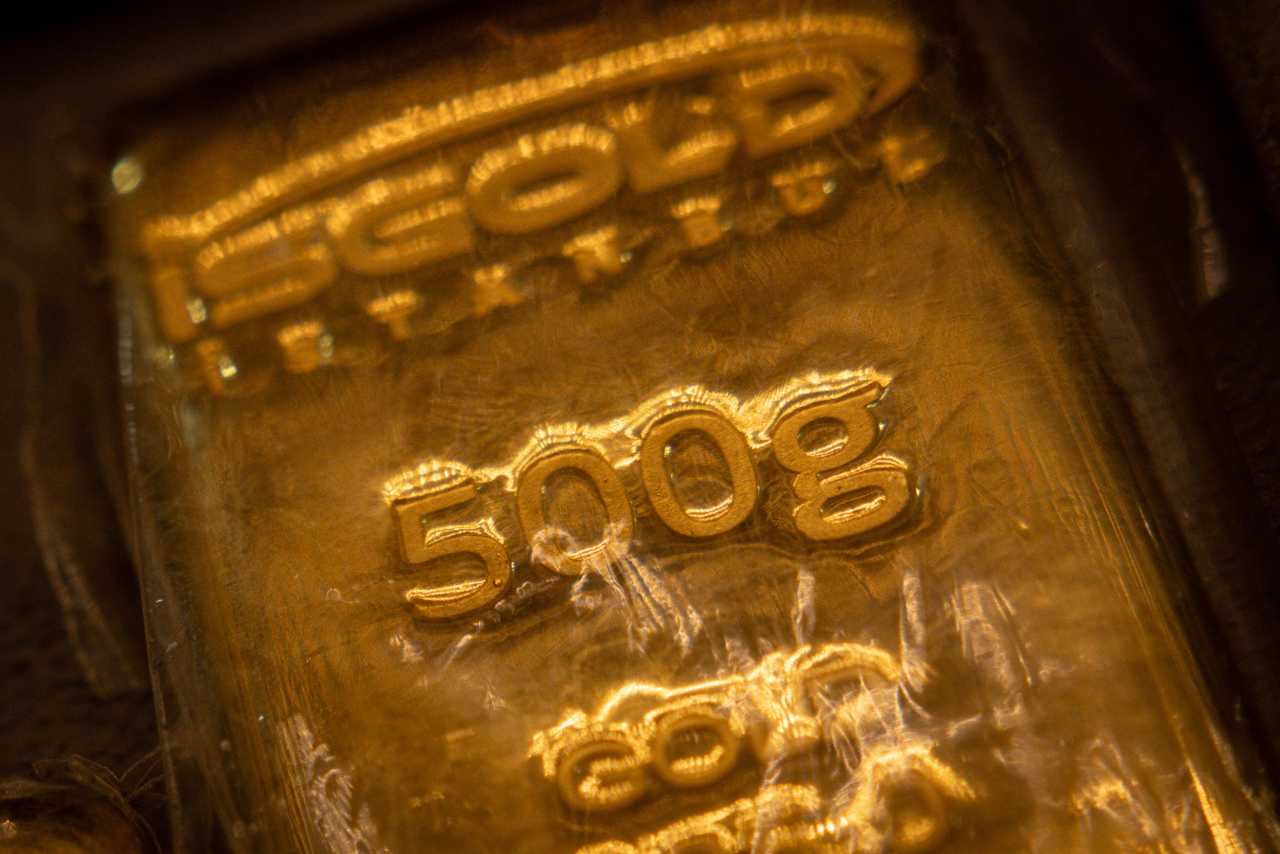Citigroup Inc. has declared the end of gold’s record-breaking rally, predicting a potential 25% price drop by late 2025 or early 2026, according to a June 17, 2025, research note. After a stellar 2025, with gold surging nearly 28% year-to-date and hitting a peak of $3,499.88 on April 22, Citi analysts expect prices to fall below $3,000 per ounce, potentially reaching $2,625 by mid-2026. This bearish outlook, dubbed gold’s “last hurrah,” contrasts with earlier bullish forecasts from Citi and other banks, driven by shifting economic and demand dynamics.
Why the Downturn?
Citi’s forecast hinges on several factors:
- Declining Investment Demand: The bank anticipates waning appetite from investors, particularly as global growth optimism rises. With U.S. mid-term elections in focus and President Trump’s policies expected to bolster economic confidence, gold’s appeal as a safe-haven asset could fade.
- Federal Reserve Rate Cuts: Anticipated Fed rate reductions, with the federal funds rate projected to drop from 4.75%–5% to 3%–3.25% by 2025, may reduce gold’s allure as a non-yielding asset, especially if real yields rise.
- Consolidation Phase: Citi expects gold to trade between $3,100 and $3,500 in Q3 2025 before declining, citing a consolidation phase already underway. The bank lowered its 0-3 month target to $3,300 from $3,500 and its 6-12 month target to $2,800 from $3,000.
- Weakening Demand Drivers: While central bank purchases (projected at over 1,000 tonnes annually) and geopolitical tensions supported gold’s 2025 rally, Citi sees these tailwinds weakening. Household gold holdings are at a 50-year high, and consumer demand, particularly in China, is decelerating.
Contrasting Earlier Optimism
Citi’s bearish pivot follows a series of bullish revisions earlier in 2025. In February, the bank raised its short-term target to $3,000 per ounce, citing trade wars, geopolitical risks, and de-dollarization trends under Trump’s administration. By March, Citi projected $3,500, driven by tariff-induced safe-haven demand. Gold’s rally was fueled by Trump’s aggressive trade policies, including a 10% tariff on Chinese imports and threats of 50% tariffs on the EU, alongside robust central bank buying. However, recent tariff de-escalation, such as Trump’s suspension of 25% tariffs on Mexico and Canada, and an improving growth outlook have shifted sentiment.
Silver’s Contrasting Outlook
While gold faces headwinds, Citi is bullish on silver, forecasting a rise to $40 per ounce over the next 6-12 months, potentially hitting $46 by Q3 2025. Tightening supply and strong industrial demand, coupled with a possible U.S.-China trade war resolution, underpin this optimism.
Market Sentiment and Counterviews
Posts on X reflect Citi’s bearish outlook, with users like @goldseek and @Sino_Market noting the predicted decline below $3,000 due to slumping demand and Fed cuts. However, skepticism exists, with @Mayhem4Markets calling Citi’s forecast “very wrong,” suggesting continued bullish sentiment among some traders.
Other banks offer differing views. Goldman Sachs raised its 2025 gold forecast to $3,700 per ounce, citing persistent central bank demand and recession risks, while J.P. Morgan predicts $3,675 by Q4 2025, with potential to hit $4,000 by mid-2026. These bullish outlooks hinge on sustained geopolitical uncertainty and investor demand, contrasting Citi’s growth-driven bearish thesis.
Implications for Investors
Citi’s forecast suggests gold’s historic run may be nearing its end, with a potential 25% drop posing risks for investors. The bank advises tactical positioning in the $3,100–$3,500 range before the anticipated downturn. However, with central banks still projected to buy 900 tonnes in 2025 and geopolitical risks lingering, some analysts argue gold’s safe-haven status could persist. Investors should weigh these conflicting signals, monitoring Fed policy, tariff developments, and global growth trends.
By Financial Markets Correspondent
Published: June 17, 2025
